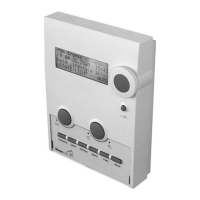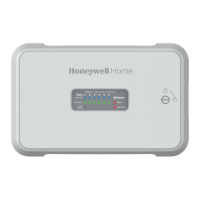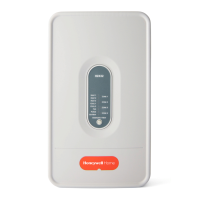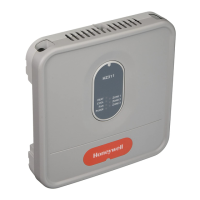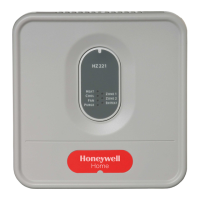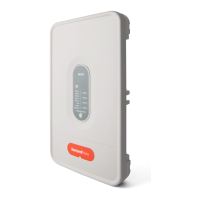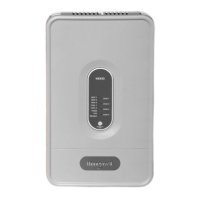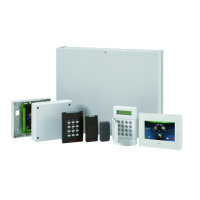57 Safety Bus Manual — P/N LS10177-000HI-E:B 02/21/2019
Maintenance Troubleshooting
7. Program the desired address then disconnect the programmer.
8. Connect the removable TB3-TBx field element terminal blocks.
9. Connect the removable TB2 communication ring terminal block.
Under normal operating conditions, the green RUN LED on the module must be on solid, while the
two yellow LK1-Fault and LK2-Fault LEDs must be off.
5.3 Troubleshooting
The following table contains the main causes of system malfunction and possible solutions:
Problem
Message on Panel Indicates:
Possible Causes Solution
Rack xx Pos. yy Loop open
• Open or short circuit on at least one
segment of the communication ring
• Identify the damaged segments using the
diagnostic cycle
• Check the wiring and measure the wire impedance
using a multimeter
Device removed
• Module failure
• No power
• Check that the module is powered. If power is
present:
• Check that the green RUN LED is on. If not, replace
the module
Dispersion failure
• Power voltage dispersion/leakage to
ground of a local power supply
• Disconnect the module wires
• Identify the wire leaking to ground using a
multimeter
PSU1 failure
• Local power supply failure
• No main power
• Check the presence of the main power supply. If
power is present:
• Replace the local power supply
PSU2 failure
• Local power supply battery failure
• Check that the batteries are good and properly
connected. Replace the batteries if necessary
Stand-alone
• SB-ECM module reconnected on the ring
following a back-up logic
• Reset from the control panel operator cycle menu
25V failure
• Module power supply voltage out of
range
• Use a multimeter to check that the module power
supply voltage is between 20V and 28V
• If the power is within the allowed range, replace the
module
Temperature failure
• Module internal temperature out of range
• Check that the ambient temperature is between -
40°C and +70°C
Internal failure
• Internal module failure
• Cut off power to the module for 5 seconds
• If the problem persists, replace the module
Firmware not compatible
• Firmware version not compatible with the
control board
• Replace the module with another one that has a
compatible firmware version
Device not compatible • Module not compatible (Brand) • Replace the module with a compatible one
Multiple address
• One or modules along the ring have the
same address
• Identify the modules with the same address using
the diagnostic cycle
• Reprogram the correct module address in the
modules with duplicate addresses
Log on fault
• Discrepancy between the modules
programmed in the panel and those
detected by the control board
• Identify the wrong modules using the diagnostic
cycle
• Replace the wrong modules or re-program the
panel with the correct module type

